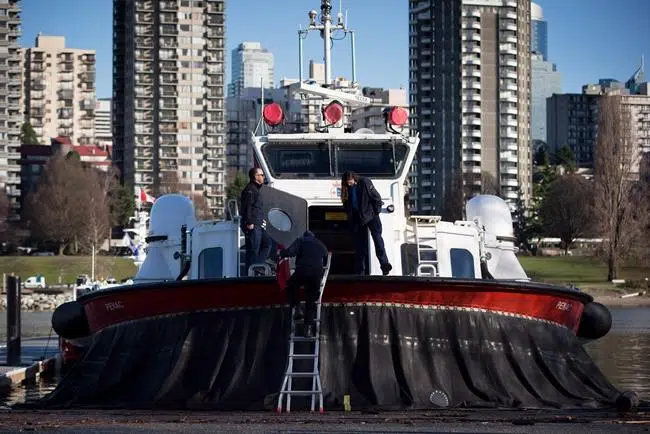
Vancouver coast guard base reopens without 24/7 rescue ability: union spokesman
VANCOUVER — A Vancouver coast guard base controversially shuttered by the previous Conservative government has reopened, but a union spokesman says it lacks around-the-clock rescue capacity.
Kitsilano station opened on Sunday with two rigid inflatable vessels, one pollution-response vessel and three crew members, said Bill Tieleman of the Union of Canadian Transportation Employees.
“The government promised in the election campaign that it would be restored to a full 24/7 search and rescue centre. That’s what the union expects to happen. This is not it,” he said.
The Canadian Coast Guard has described the opening on Sunday as a “soft launch,” with a full launch planned for June, but it isn’t clear whether it will increase the number of staff or vessels.


